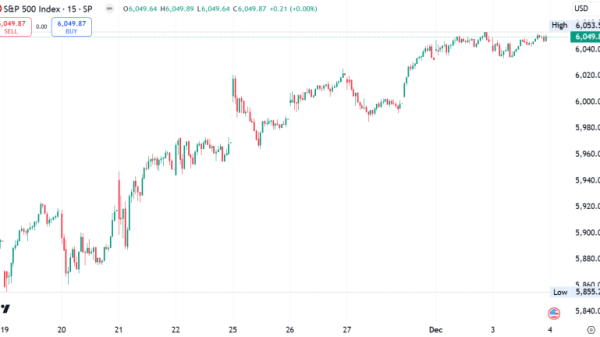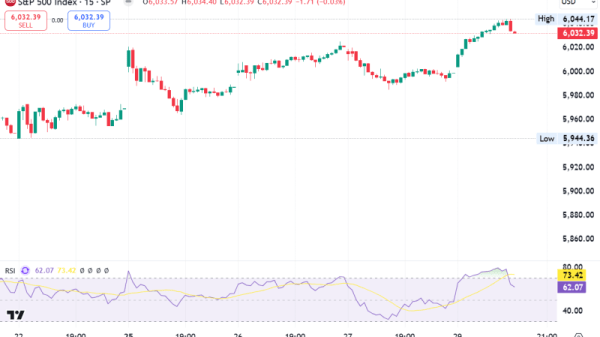By Ankur Banerjee
SINGAPORE (Reuters) – The U.S. dollar kicked off 2025 on the front foot on Thursday after a strong year of gain against most currencies, with the yen sliding toward its lowest level in more than five months as investors ponder U.S. interest rates staying higher for longer.
Market focus early in the year will be on the incoming Trump administration and its policies that are widely expected to not only boost growth but also add to price pressure, underpinning U.S. Treasury yields and boosting dollar demand.
A wide interest rate difference between the U.S. and other economies has cast a shadow over the currency market, resulting in most currencies declining sharply against the dollar in 2024.
None more so than the yen which fell more than 10% for its fourth year of decline. It was weaker on the first trading day of 2025 at 157.54 per dollar, not far from the five-month low touched on Tuesday, keeping traders wary of intervention from Japanese authorities.
Markets in Japan are closed for the rest of the week.
The dollar index, which measures the U.S. currency against six others, was at 108.53 in early trade, just shy of the two-year high touched on Tuesday. The index rose 7% in 2024.
“The U.S. dollar is likely to remain in pole position (this year) given its still-high yield, U.S. exceptionalism and its safe-haven appeal in uncertain times,” said Saxo Chief Investment Strategist Charu Chanana.
Weaker growth outlook outside the U.S., geopolitical tension in the Middle East and the Russia-Ukraine war have added to demand for the dollar.
The euro was steady at $1.0353 after dropping more than 6% in 2024. Traders anticipate deeper interest rate cuts from the European Central Bank in 2025, with markets pricing in 113 basis points of easing versus 42 bps of cuts priced in from the U.S. central bank.
Sterling last fetched $1.2519. It fell 1.7% last year but was nevertheless the best-performing G10 currency versus the dollar, mainly as the British economy held up better than was widely expected.
The Australian and New Zealand dollars both started the new year higher but remain close to the two-year lows touched on Tuesday. The Aussie was 0.1% higher at $0.6199 after a drop of around 9.2% in 2024, its weakest yearly performance since 2018.
The kiwi clocked an 11.4% decline last year, its softest performance since 2015. On Thursday, it rose 0.27% at $0.5603.





































